When founders talk about fundraising, the focus often drifts toward crafting the perfect pitch deck, getting warm intros, or identifying the right stage of investor. But what’s frequently overlooked is this: your outreach strategy is only as good as your investor segmentation. Without thoughtful segmentation and personalisation, you risk wasting effort on the wrong people or burning bridges with the right ones.
Investor outreach is not just a numbers game. It’s a relevance game. A shotgun approach, where you send the same deck to everyone, is easy to execute but rarely effective. Instead, the best founders treat outreach like sales. They build lists, qualify leads, personalise messaging, and track engagement.
This guide breaks down how to segment your investor list and tailor outreach that resonates. Whether you’re early-stage or raising a growth round, this process can help you unlock better response rates and more meaningful investor conversations.
Start with the Right Data
Before you can segment your list, you need data. The best investor outreach lists include more than just names and email addresses. At a minimum, you should know:
- What stage and geography does the investor typically back?
- Sectors and business models they’ve invested in recently
- The size of their typical cheque
- Notable portfolio companies
- Recent news, tweets, or LinkedIn posts that signal active interest
You can find this information on platforms like Crunchbase, Pitchbook, Dealroom, or investor lists like the Pitchwise Resource Library. Don’t just rely on generic fund descriptions; scrape actual portfolio activity to guide your understanding.
Define Your Segmentation Criteria
The next step is choosing the variables that matter most to your raise. These could include:
- Stage: Pre-seed, seed, Series A, or growth. Align this with your current traction and fundraising ask.
- Geography: Local investors are often more hands-on. International ones may require stronger traction but offer better networks.
- Thesis Fit: Does the investor focus on fintech? SaaS? Healthtech? B2B vs B2C? Do they prefer marketplaces, APIs, or infra plays?
- Ticket Size: If you’re raising $1M, there’s little value in prioritising funds that write $10M cheques.
- Founder Fit: Some investors focus on under-represented founders, technical founders, or alumni of certain accelerators.
Once you’ve selected your filters, group investors into buckets. You might end up with segments like:
- Seed-stage Africa-focused VCs writing $50–200k cheques
- Female-led microfunds with a focus on impact and financial inclusion
- Tier 1 global funds with active African portfolios
This lets you match each investor with a targeted approach.
Build Micro-Outreach Campaigns
Now that you’ve segmented your list, create campaigns tailored to each group. This is where personalisation shines. Don’t just plug names into a template; speak directly to their worldview.
For example:
- For African-focused seed VCs: “We noticed your investments in Chipper Cash and Smile Identity. We’re building in the same corridor but tackling payments from the SME side.”
- For impact-focused funds: “Our platform enables rural farmers to access trade finance, directly aligning with your portfolio’s emphasis on financial access.”
The goal here isn’t flattery but to provide context. Show that you’ve done your homework. Reference portfolio companies, blog posts, or panel discussions they’ve led. If you share a common connection or background, include it.
Track Responses and Iterate
Investor outreach is not one-and-done. You’ll need to track opens, clicks, replies, and follow-ups. If a segment underperforms, reassess your targeting or messaging.
Don’t be afraid to A/B test:
- Subject lines with urgency vs curiosity
- Messaging that’s product-heavy vs traction-heavy
- Plain-text emails vs those with visuals or decks linked
Platforms like Pitchwise help you track investor engagement—who’s opening, clicking, and viewing your deck—so you can follow up more effectively.
Why It Matters
Great fundraising isn’t just about the pitch; it’s about fit. By segmenting and personalising your investor outreach, you stop sounding like just another founder and start sounding like a strategic partner. It’s the difference between “Hey, we’re raising” and “We thought of you specifically because…”
Founders who take the time to segment well often raise faster, get better terms, and build relationships that go beyond the round. Remember, you’re building an investor community as much as you are selling your company.
Final Thoughts
Fundraising is hard enough. Don’t make it harder by treating every investor the same. With segmentation and personalisation, you put yourself in the top 10% of fundraisers, not because your metrics are the best, but because your approach is. And in early-stage startups, process can often beat polish.
So before you hit send on your next investor email, ask yourself: who am I really writing to, and why should they care?




.png)



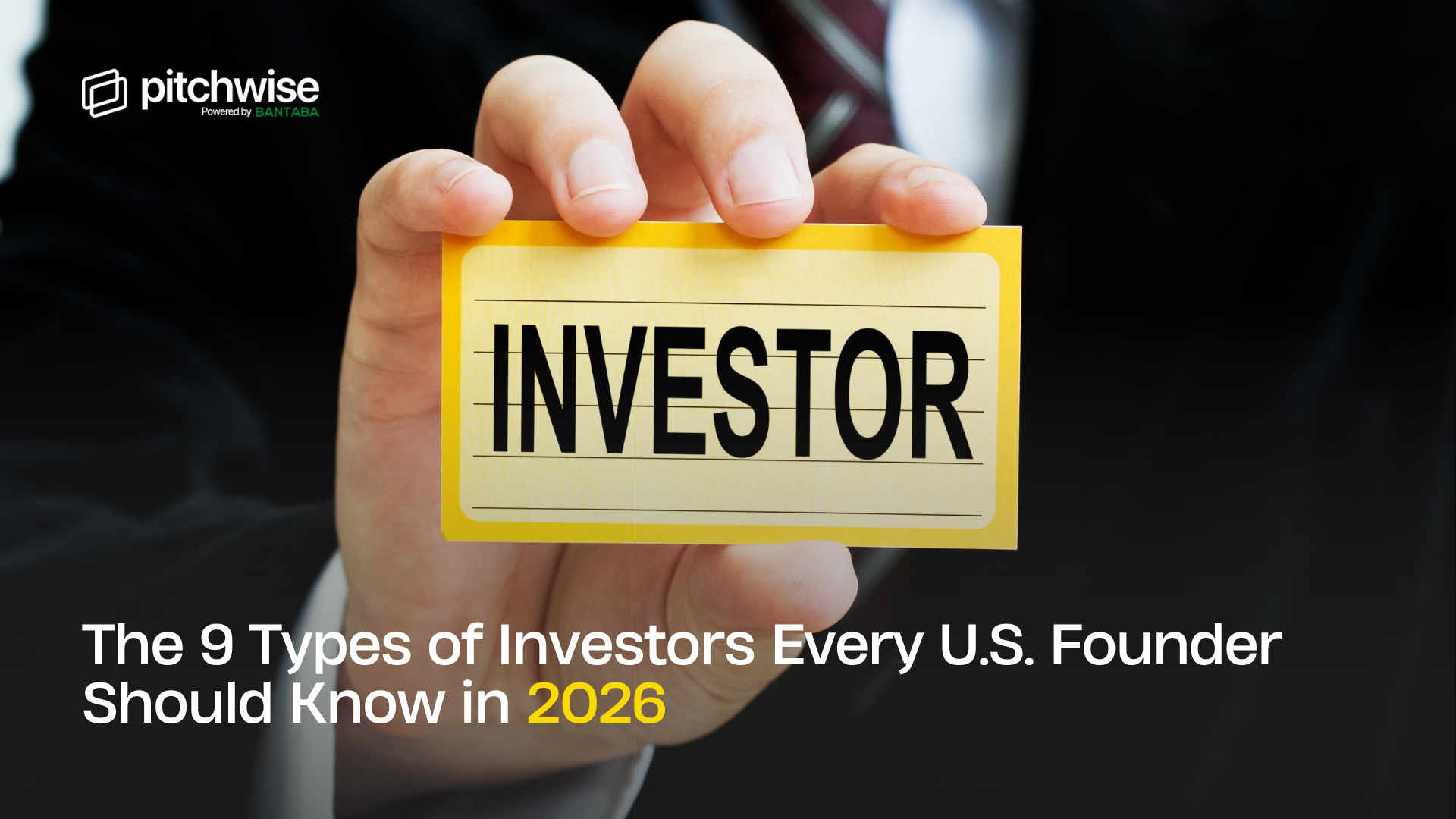


.png)


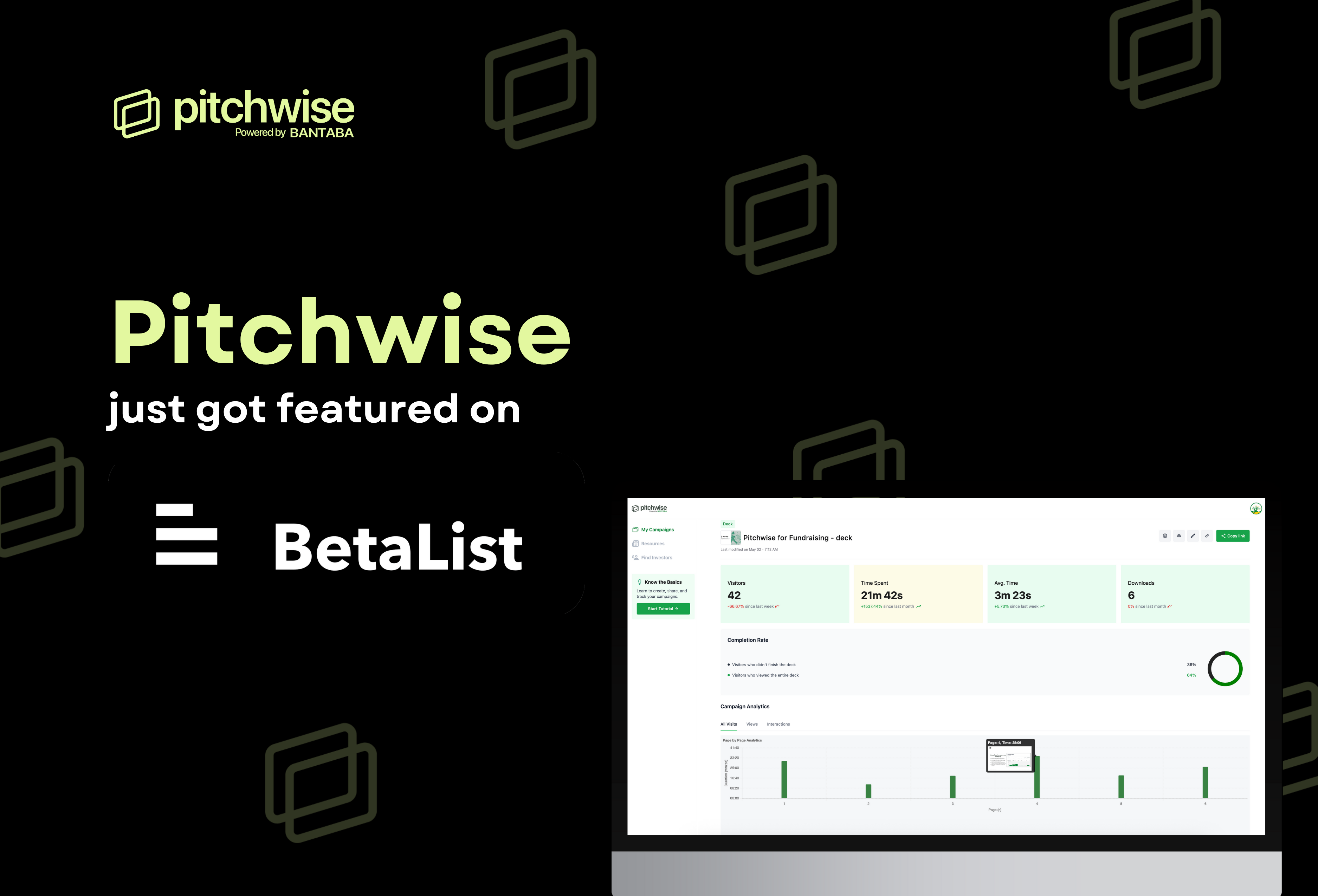
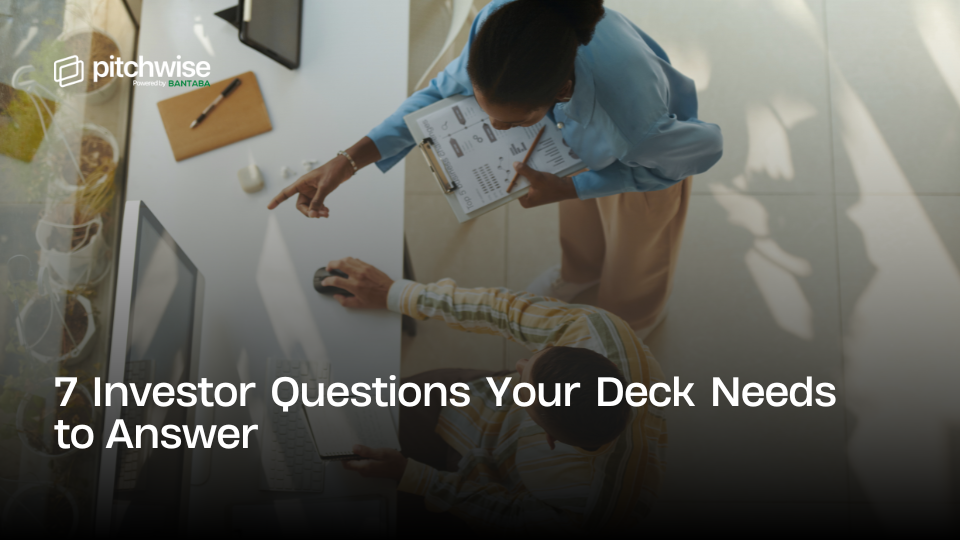



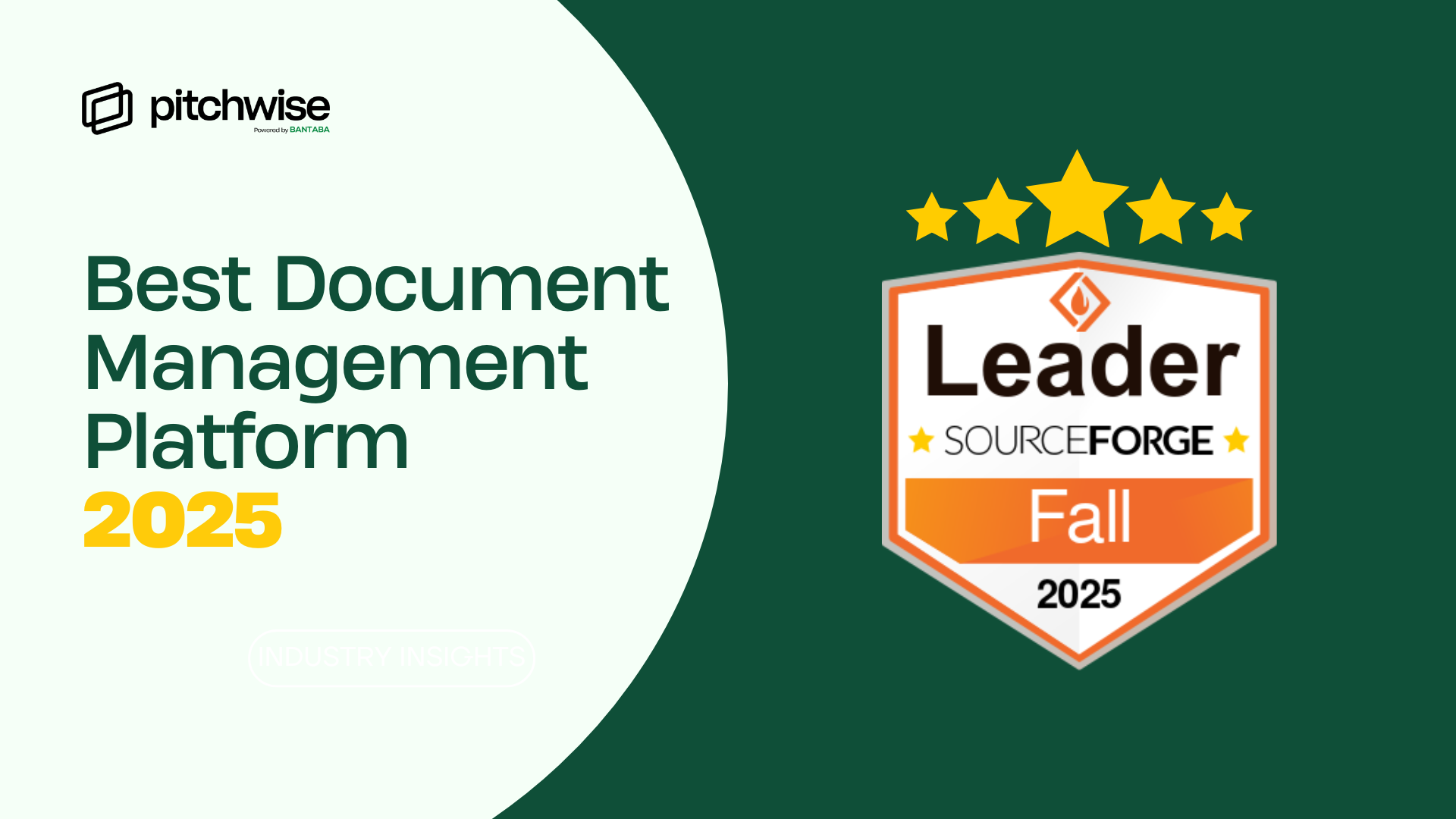
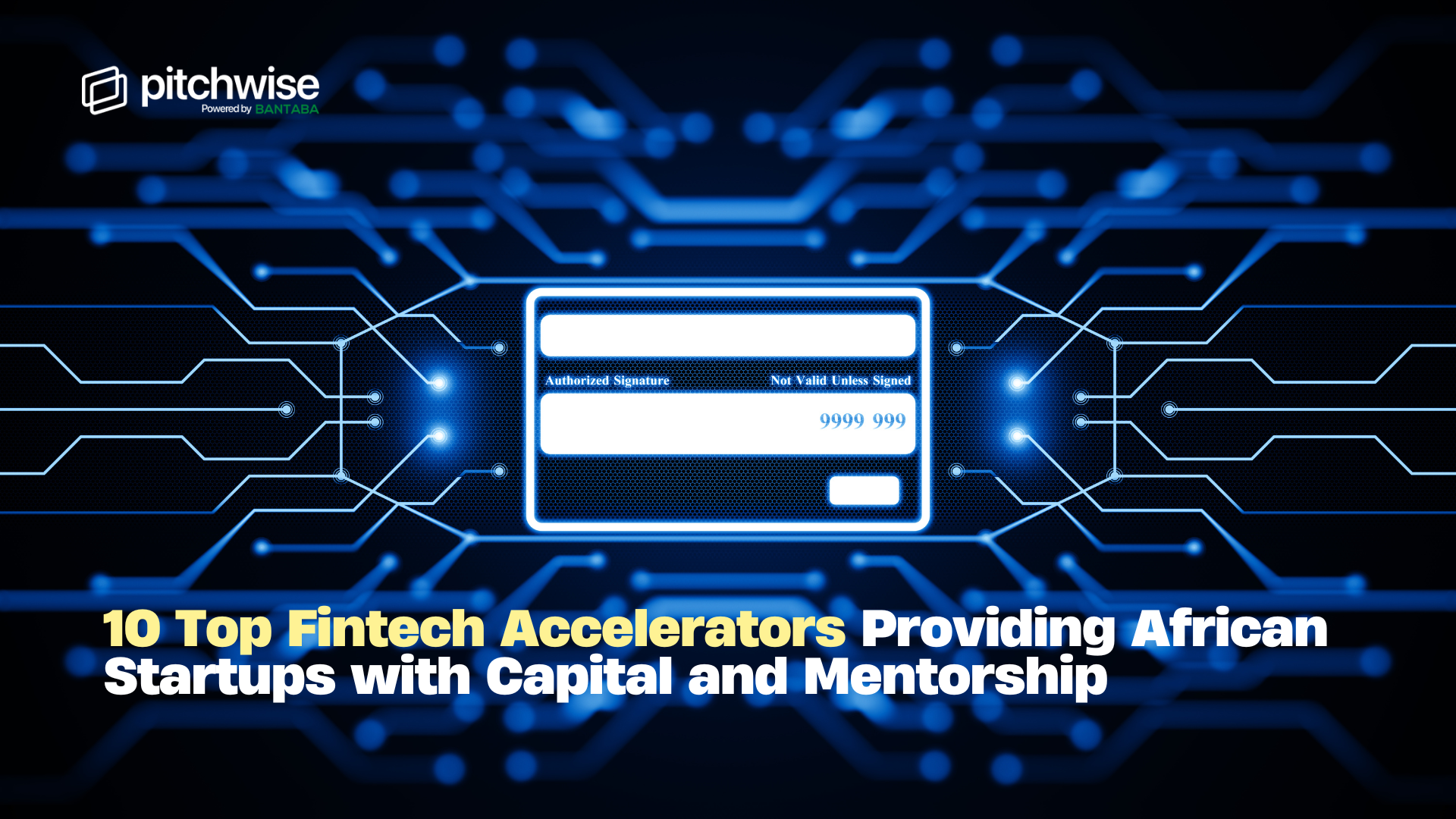
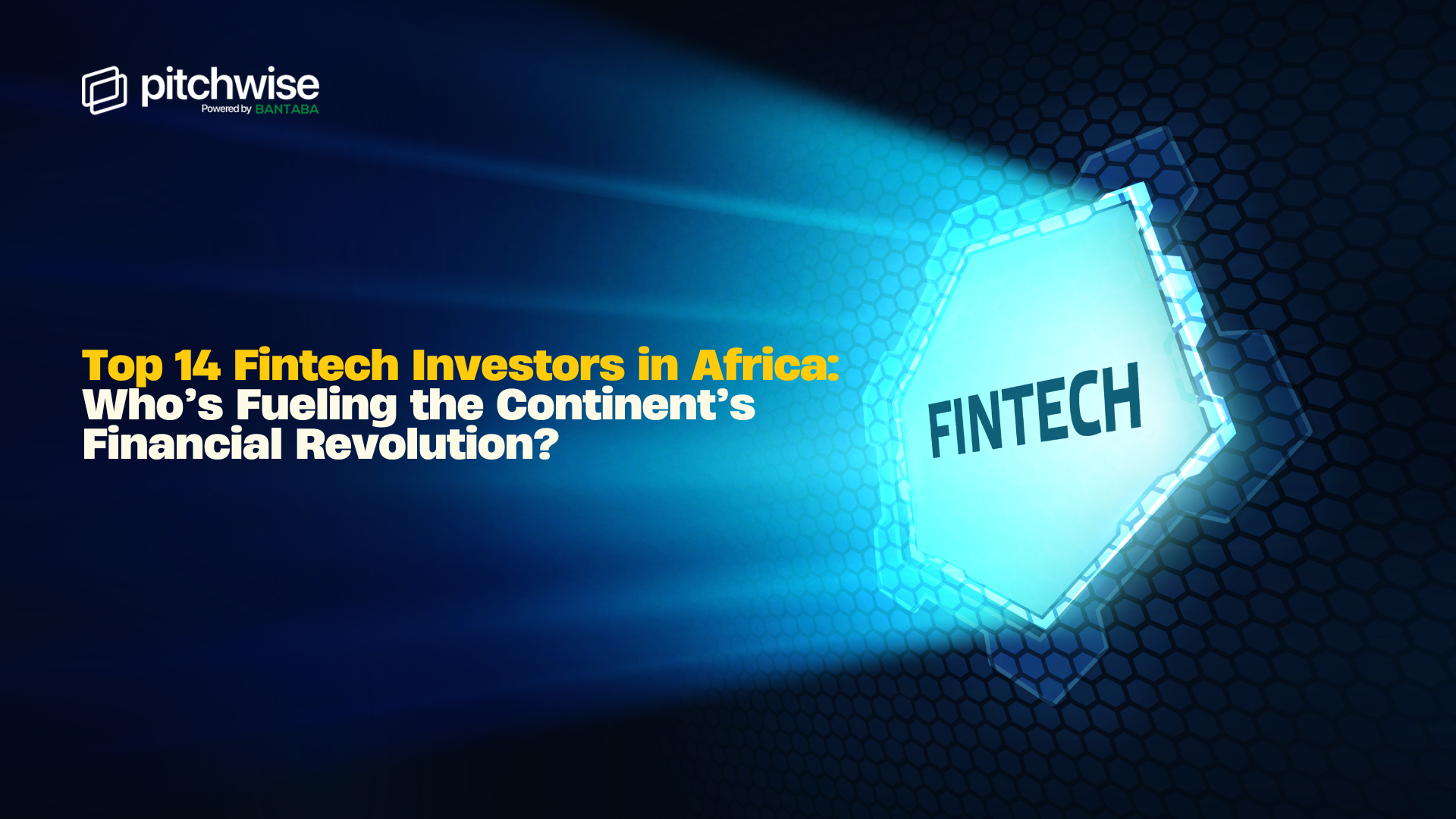
%20.png)
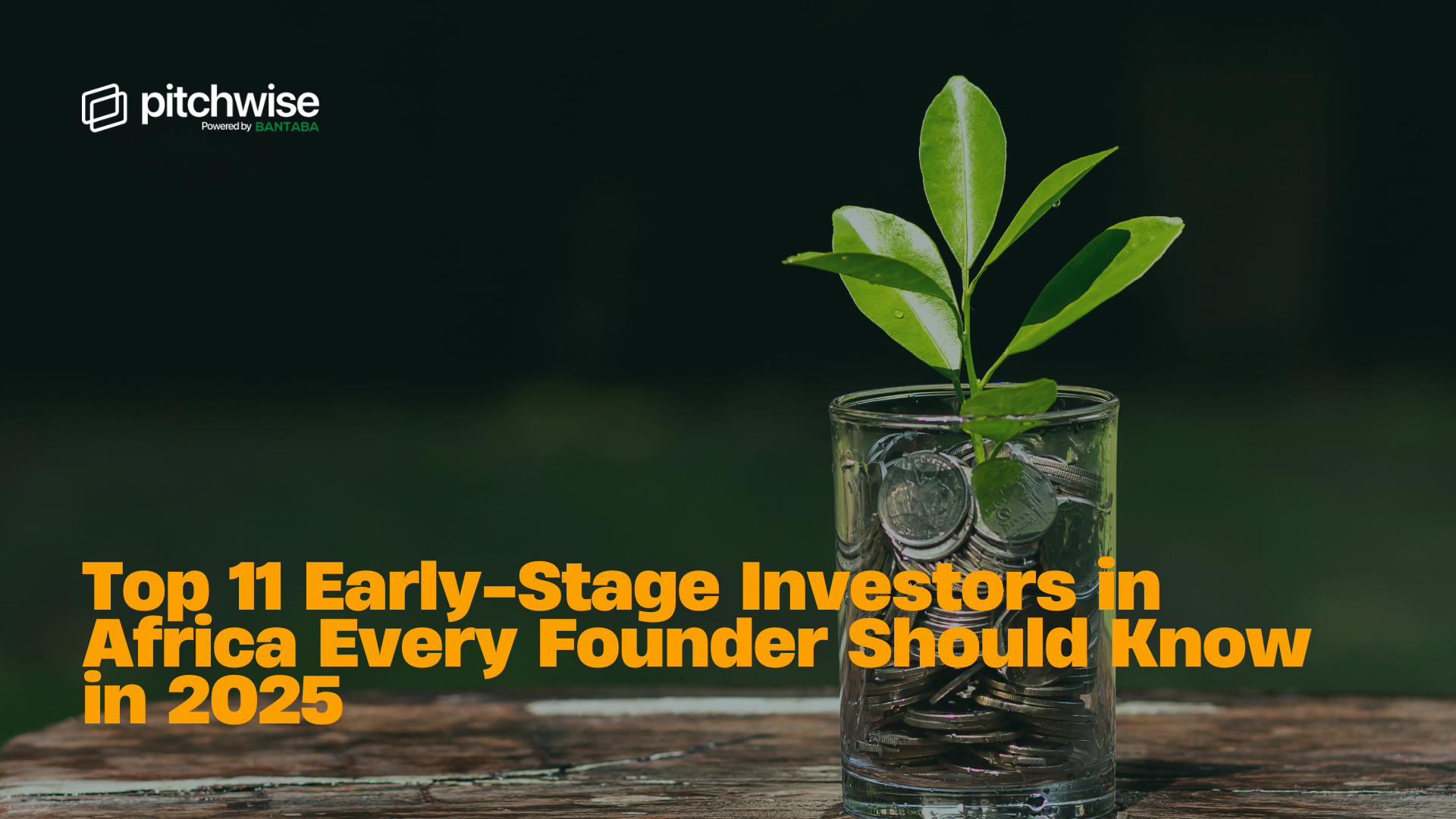
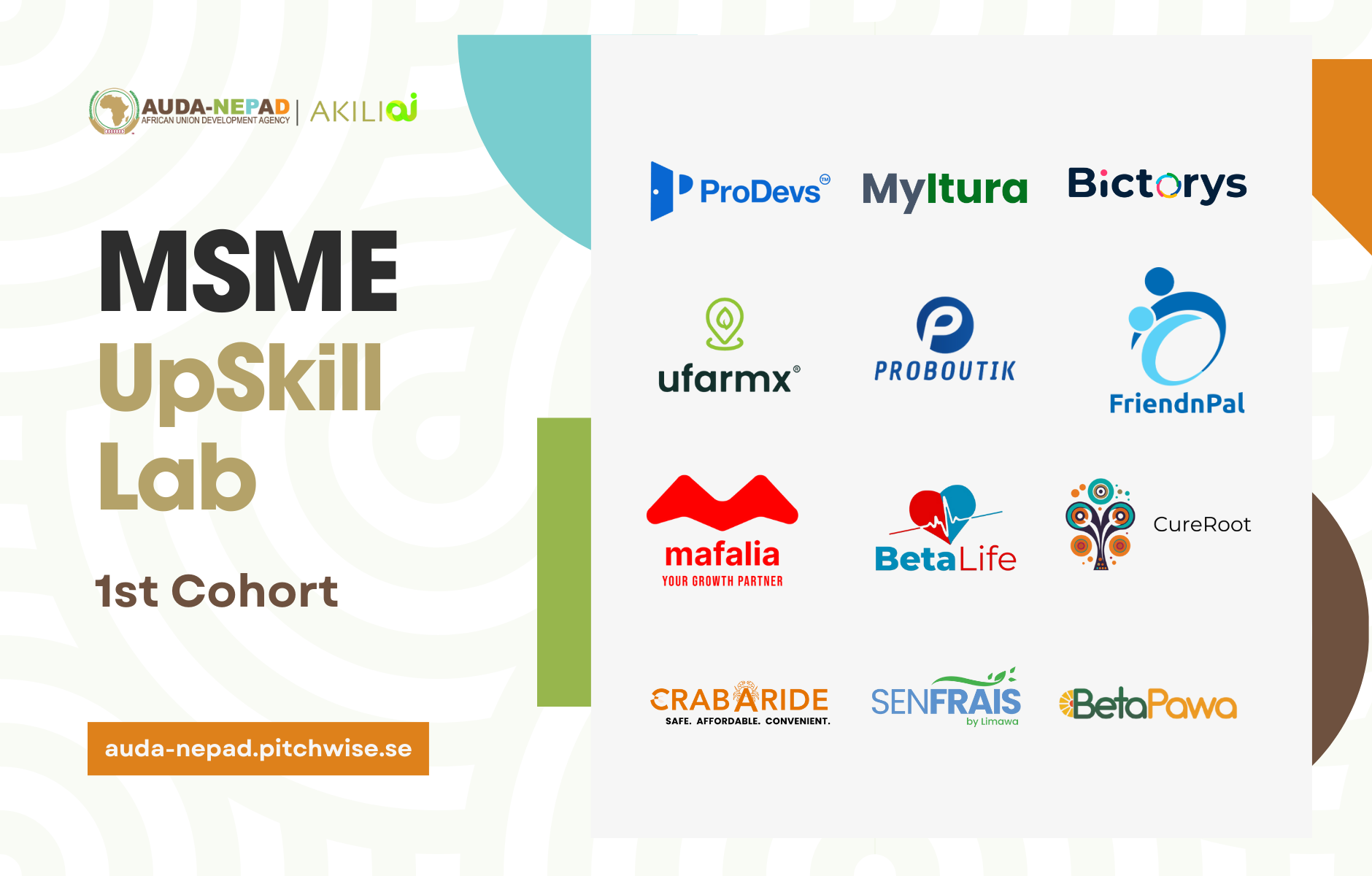





.png)
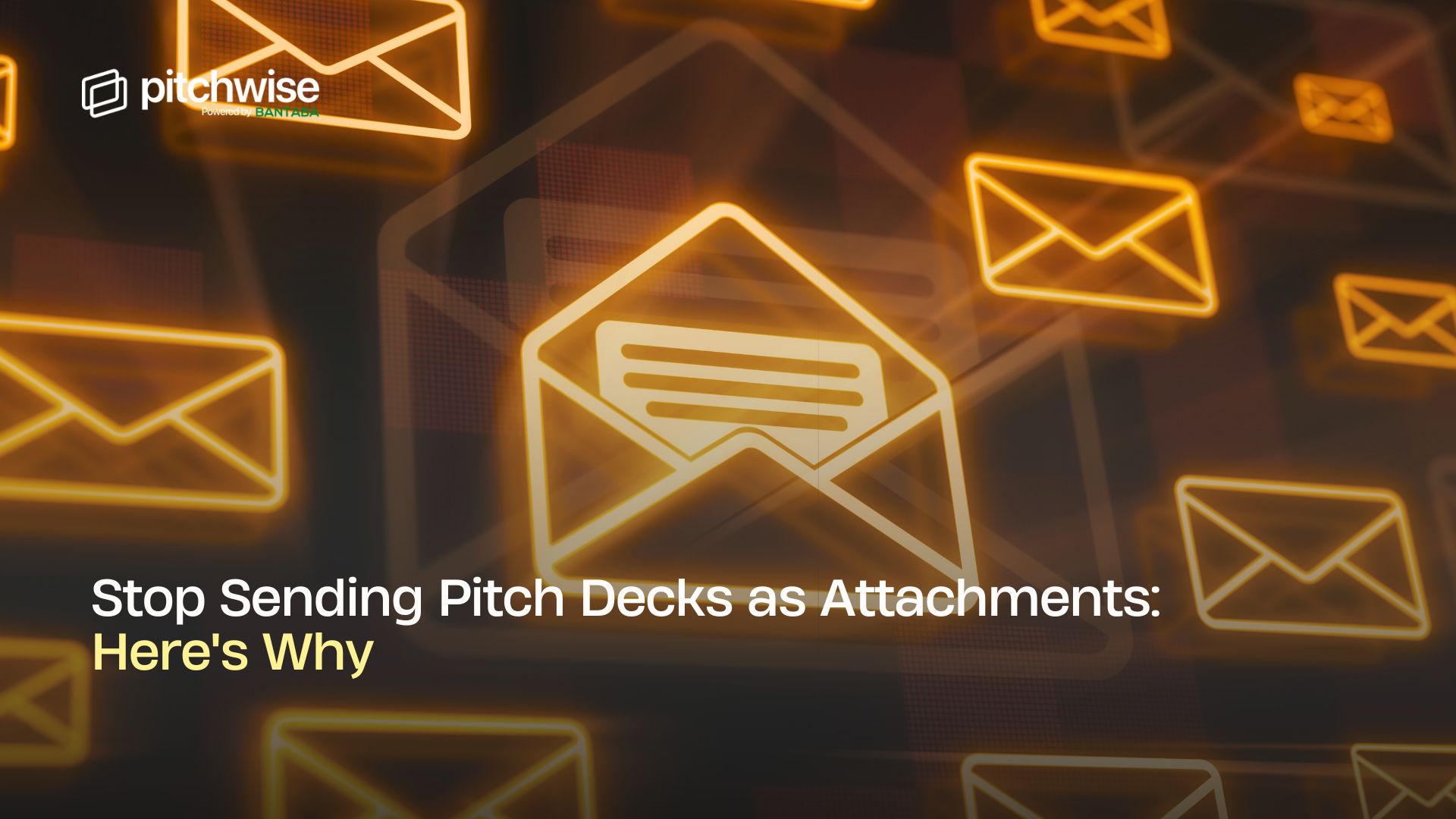

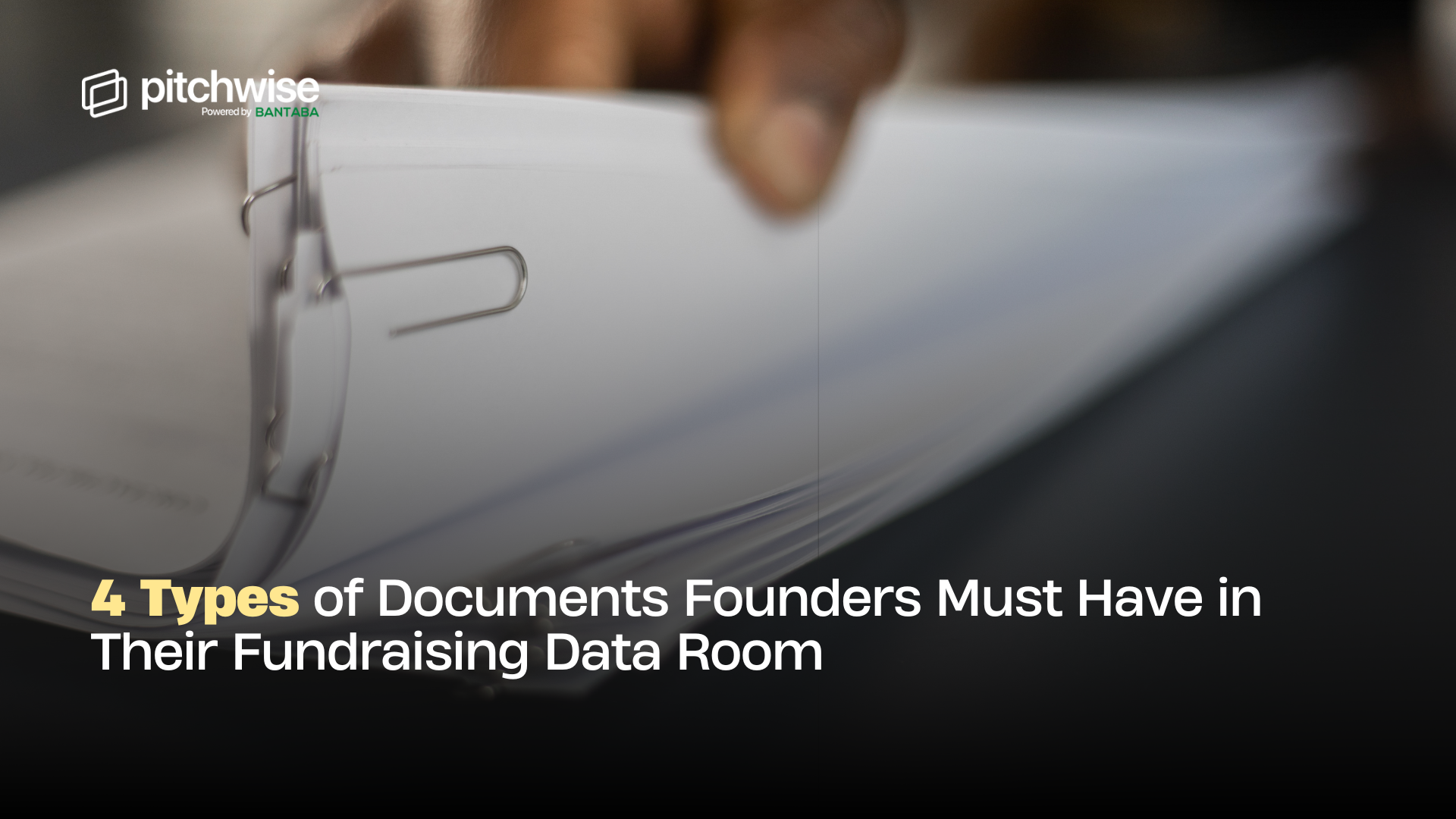

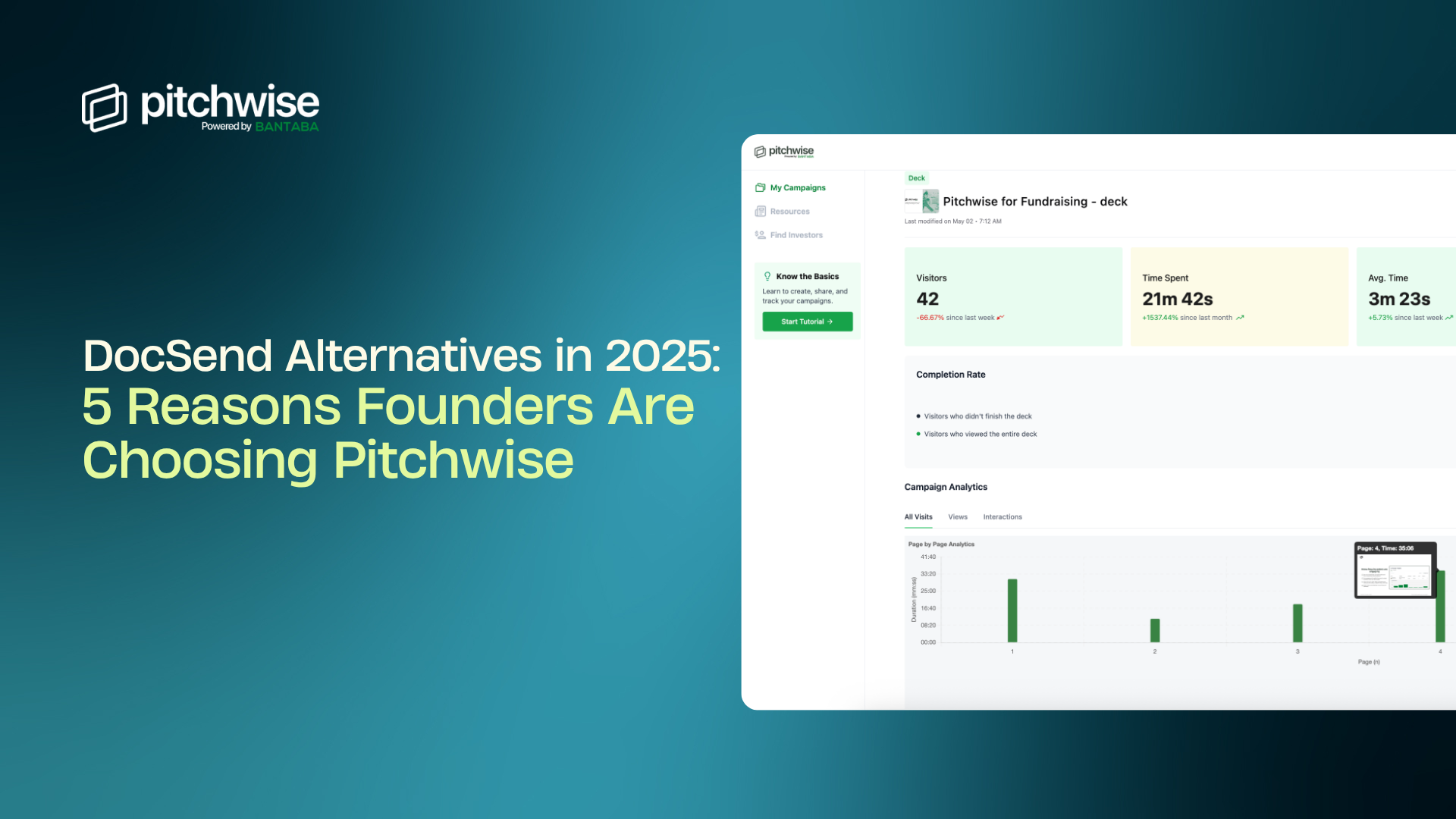










.png)

.png)



.png)
.png)


.png)
.png)



















